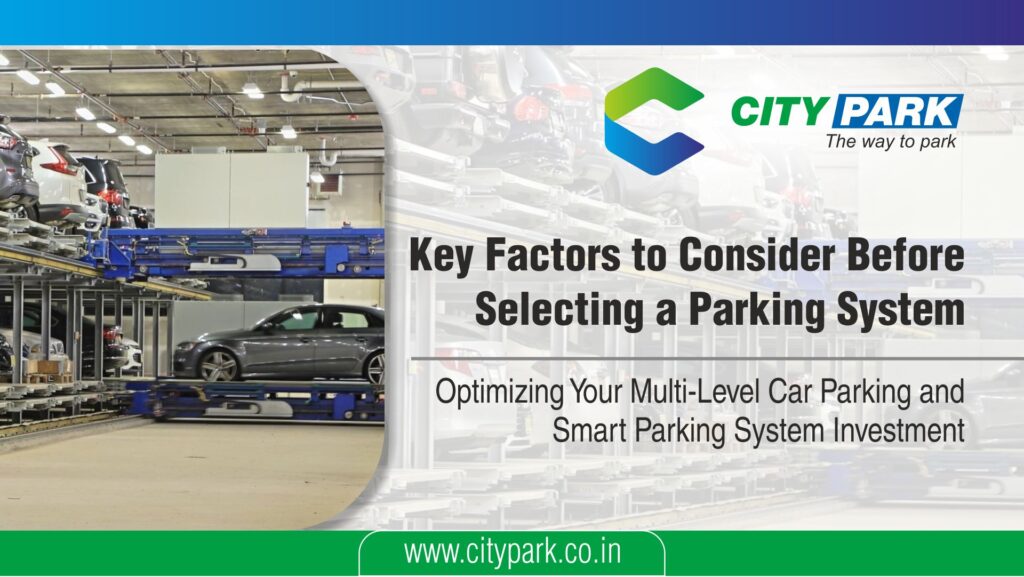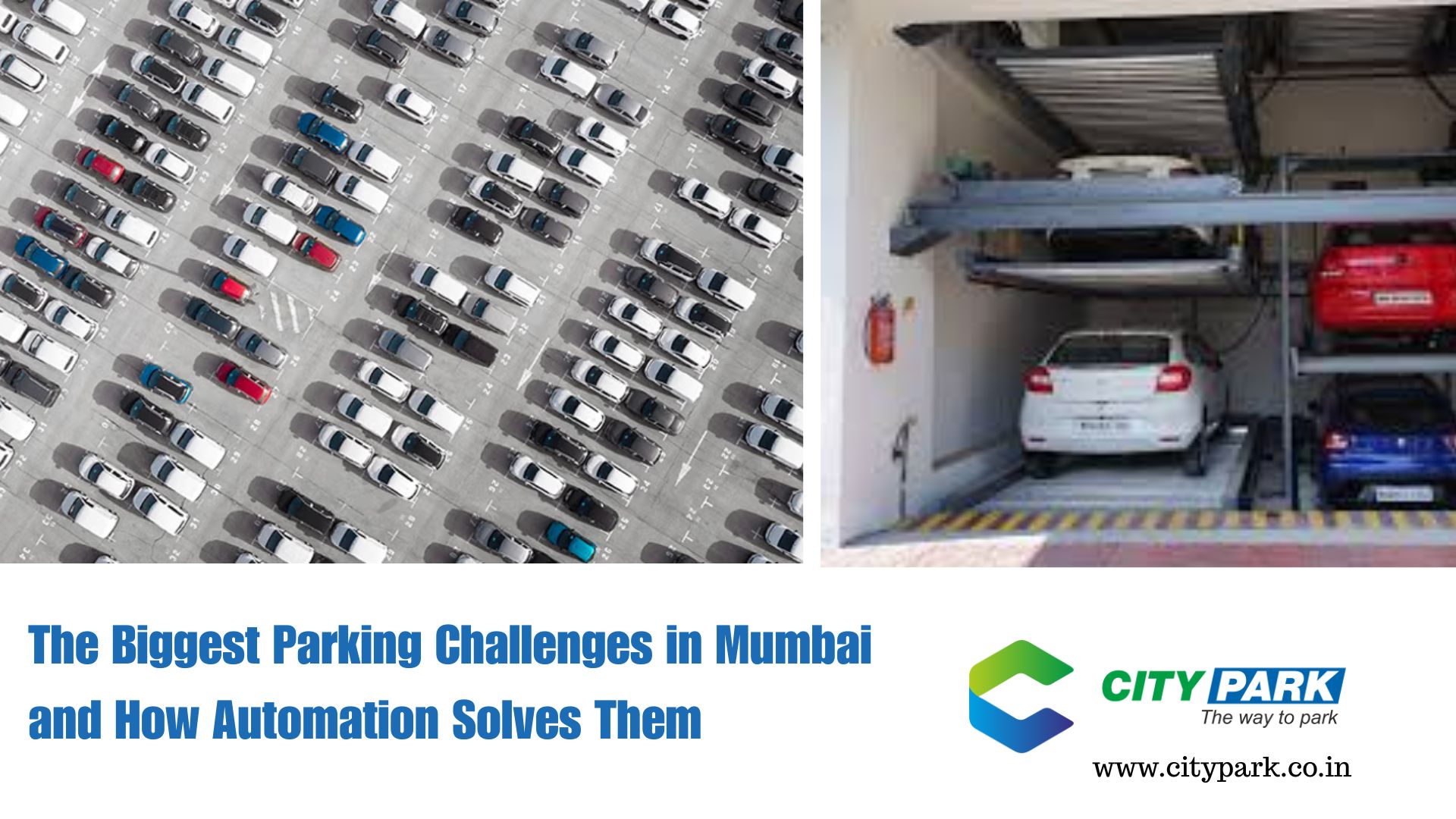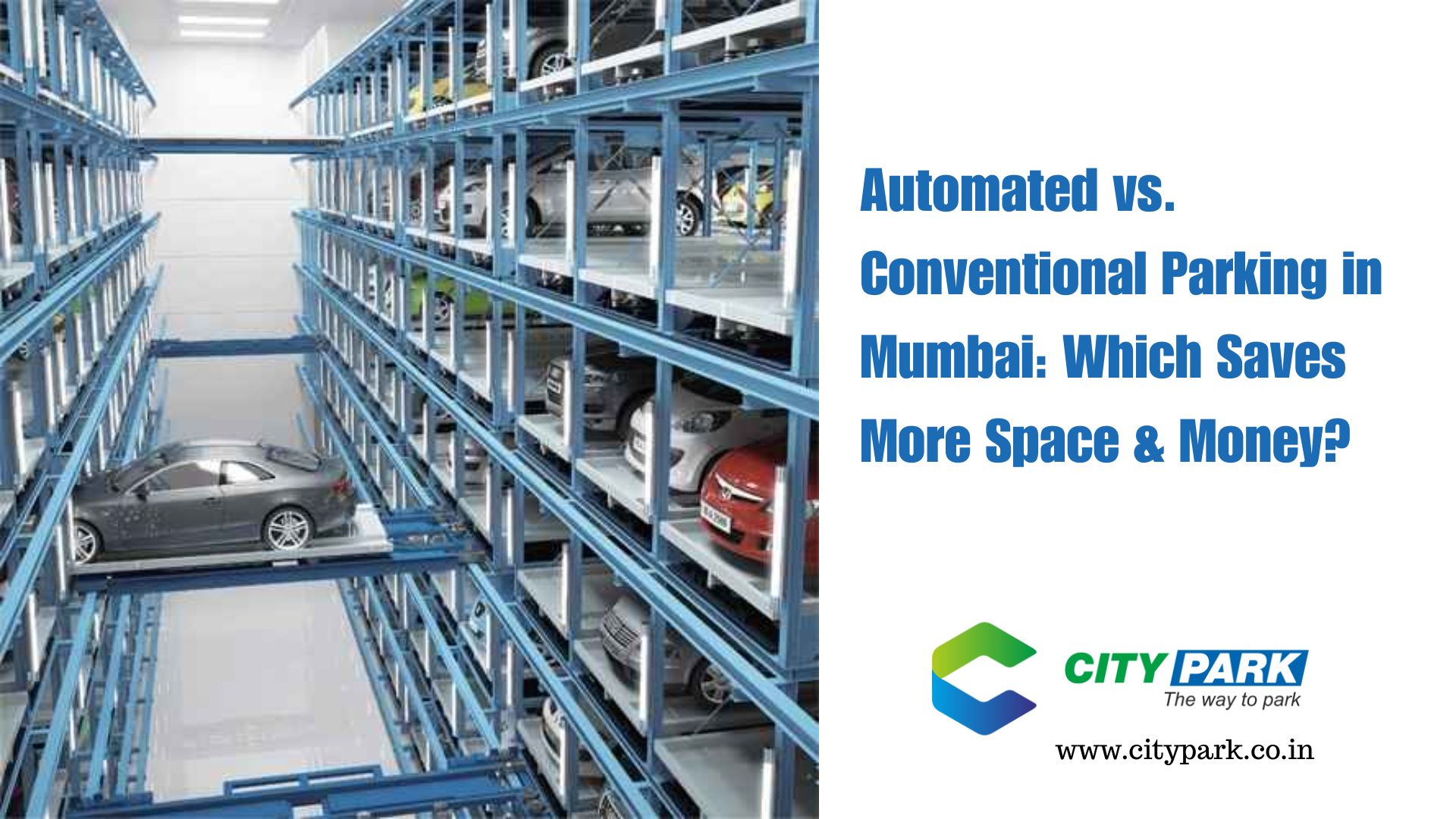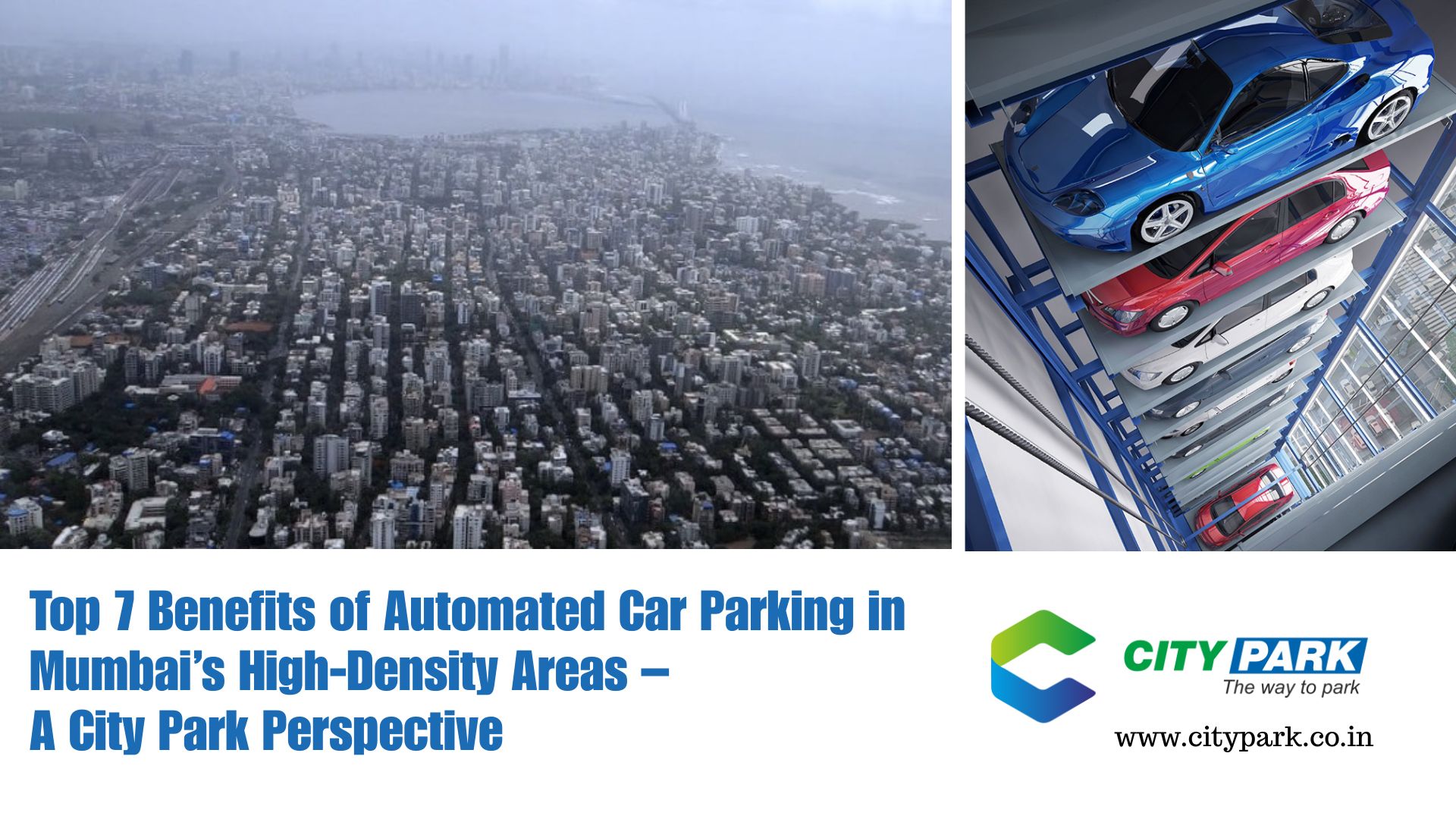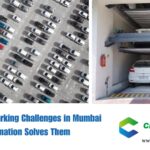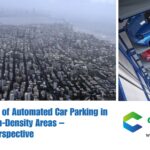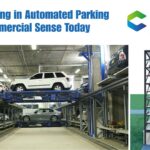Optimizing Your Multi-Level Car Parking and Smart Parking System Investment
Introduction: The Need for Smarter Parking Solutions
As urban spaces become denser and vehicle ownership grows rapidly, the demand for efficient parking solutions is at an all-time high. Traditional parking methods often lead to congestion, space underutilization, and poor user experience. Whether it’s for residential complexes, commercial establishments, malls, hospitals, airports, or smart cities, implementing an advanced parking management system has become a necessity.
Choosing the right parking system can make a significant difference in operational efficiency, space optimization, and customer satisfaction. From multi-level car parking systems to automatic car parking systems, the market offers a wide array of solutions tailored for various needs. But how do you determine which one suits your project best?
This blog outlines the key factors you must consider before selecting a car parking system, breaking them down into easily understandable points. It also highlights the advantages and benefits of making an informed choice.
Key Factors to Consider Before Choosing a Parking System
1. Type of Parking System Needed
- Conventional vs. Automated: Do you need a traditional parking layout or an automatic car parking system that moves vehicles via elevators and conveyors?
- Smart Parking System Integration: Look for intelligent systems with IoT, sensors, and real-time monitoring for better control.
- Multi-Level Car Parking Options: For urban areas, consider vertical stacking or puzzle parking systems that optimize space.
2. Space Availability and Utilization
- Analyze the car parking space size and plot layout.
- Determine if the space allows for ramps, elevators, or horizontal movement.
- Measure the total area versus the number of vehicles that need to be accommodated.
3. Purpose of the Parking Facility
- Residential, Commercial, or Public Utility?
- Malls, office complexes, and airports may require high turnover rates and quick access.
- Residential buildings might prioritize user-friendliness and cost-efficiency.
4. User Volume and Traffic Flow
- Estimate the average daily vehicle inflow and outflow.
- Understand peak hours and how the system will handle them.
- Choose a system that minimizes wait time and queuing.
5. Integration with Existing Infrastructure
- Will the system be integrated into a new or existing building?
- Check for compatibility with fire safety, HVAC systems, and building codes.
- Ensure proper alignment with architectural and civil engineering plans.
6. Cost and Budget Constraints
- Factor in installation cost, operational cost, and maintenance.
- Automated systems may have higher upfront costs but lower operational expenses.
- Government incentives or subsidies may apply for smart parking systems.
7. Automation Level and Technology
- Automatic car parking systems may use turntables, lifts, shuttles, or robotic arms.
- Look for systems with RFID, ANPR (Automatic Number Plate Recognition), and mobile app integration.
- Evaluate if payment can be made via digital wallets or prepaid smart cards.
8. Scalability and Flexibility
- Will the system allow for future expansion or upgrades?
- Can it be modified to suit electric vehicles (EVs), two-wheelers, or larger vehicles?
- Does the design allow changes in layout based on user demand?
9. Safety and Security Measures
- Include CCTV surveillance, anti-theft alarms, fire protection, and emergency exits.
- Systems should comply with national and local safety regulations.
- Ensure secure entry and exit protocols.
10. Maintenance and After-Sales Support
- What is the frequency of maintenance required?
- Are spare parts easily available?
- Is 24/7 customer service provided?
11. Environmental Impact
- Does the system reduce carbon emissions by minimizing vehicle idle time?
- Consider energy-efficient lighting, solar panels, or EV charging stations.
- Smart parking systems can contribute to green building certifications like LEED.
12. User Experience and Accessibility
- Is the system easy to use for first-time users, elderly, or differently-abled individuals?
- Are instructions and signages clear and multilingual?
- Does it provide real-time space availability updates via app or display boards?
13. Regulatory Compliance and Legal Approval
- Ensure the parking system complies with local municipal and RTO rules.
- Obtain required licenses and permissions for installation and operation.
- Adherence to car parking space size norms and fire safety codes is mandatory.
14. Aesthetic and Branding Needs
- Does the design match the aesthetics of your building?
- Can it be customized with signage, lights, or company branding?
- A good-looking, well-lit parking management system enhances the overall brand image.
Advantages of Choosing the Right Parking System
Selecting the right system isn’t just about efficiency — it’s about enhancing the overall experience for owners and users. Here are the key advantages:
1. Maximized Space Utilization
- Especially with multi-level car parking, you can fit more vehicles in less space.
- Perfect for urban and congested areas.
2. Reduced Operational Costs
- Less staff needed with automatic car parking systems.
- Lower electricity and ventilation costs with smart ventilation systems and motion-sensor lighting.
3. Improved Traffic Flow and Reduced Congestion
- Efficient parking management systems ensure faster vehicle movement and reduce on-road parking chaos.
4. Increased Revenue Opportunities
- Real-time monitoring allows dynamic pricing models.
- Better tracking of vehicle movements helps in monetizing short-term and long-term parking.
5. Enhanced User Satisfaction
- Seamless entry/exit processes, app-based bookings, and fast vehicle retrieval improve the customer experience.
6. Lower Environmental Impact
- Less fuel wastage due to searching for parking.
- EV-friendly systems support the shift to sustainable transportation.
7. Better Security and Safety
- Advanced surveillance systems and access control limit unauthorized entry.
- Reduced incidents of vehicle theft and damage.
8. Data-Driven Decision Making
- Smart parking systems generate valuable data that can be used for optimizing operations.
- Reports can aid in future planning, resource allocation, and revenue analysis.
Benefits for Different Stakeholders
For Real Estate Developers
- Adds a premium appeal to the project.
- Increases property value.
- Attracts investors and tenants with modern amenities.
For Municipal Corporations
- Eases city traffic and improves road safety.
- Generates consistent revenue through smart meters and ticketing.
For End Users
- Saves time, reduces stress.
- Improves vehicle safety and accessibility.
- Easy digital payments and app control.
For Facility Managers
- Easier to monitor usage and generate performance reports.
- Automation reduces human error and dependency on manual tasks.
Conclusion: Make a Smart Choice Today
The right parking system is more than a construction choice — it’s a strategic investment. From multi-level car parking to smart parking systems, the variety available today makes it possible to create highly customized solutions. However, before you finalize any vendor or solution, do a thorough assessment based on your unique needs.
Pay attention to car parking space size, traffic patterns, technological features, and long-term operational goals. An efficient automatic car parking system or parking management system will not only save space and time but also ensure smoother traffic flow, better ROI, and happier users.
In the age of smart cities and sustainable infrastructure, make sure your parking system is as future-ready as the rest of your project.
